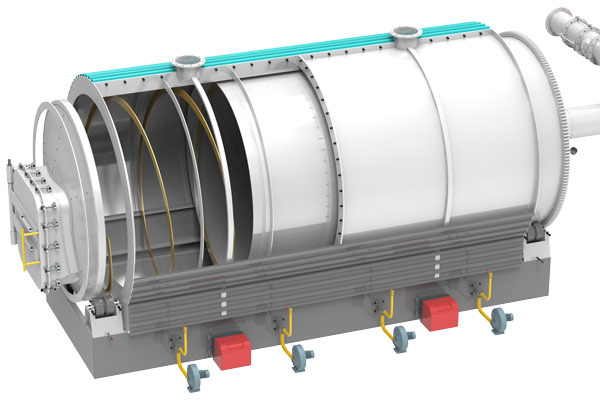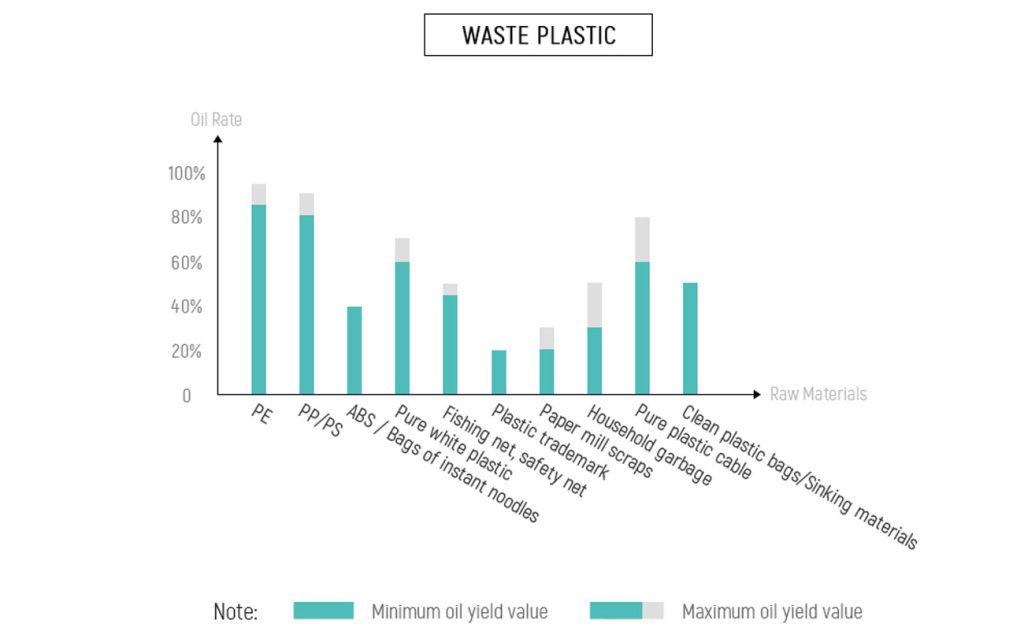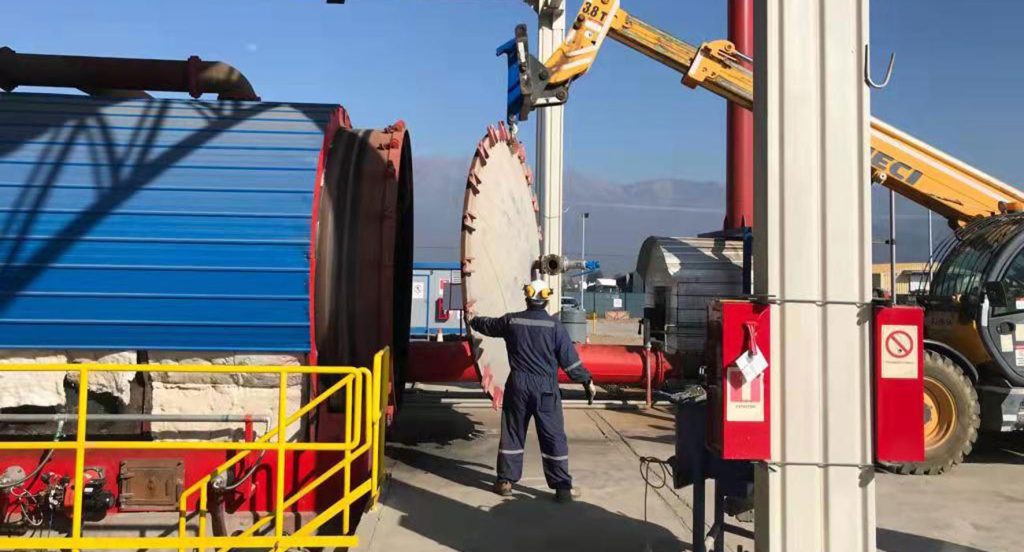Revolutionizing Sustainability: Unveiling the Technological Marvel of Plastic Pyrolysis to Fuel Oil
In the realm of environmental sustainability, innovations often emerge as the unsung heroes, addressing the escalating concerns surrounding plastic waste. Plastic pyrolysis, a cutting-edge process, takes center stage in this narrative, offering a transformative solution that transcends conventional waste management. This article delves into the intricacies of plastic pyrolysis plants, exploring the technology behind plastic-to-oil machines and plastic-to-fuel machines that hold the promise of reshaping our approach to plastic disposal.
Genesis of Plastic Pyrolysis
Plastic, ubiquitous and versatile, has become an undeniable part of modern living. However, its prolific use has given rise to an alarming surge in plastic waste, necessitating innovative strategies for disposal. Enter the concept of plastic pyrolysis, an ingenious process that leverages high temperatures in the absence of oxygen to break down plastic polymers into smaller hydrocarbons.

Plastic Pyrolysis Plant: A Glimpse into the Heart of Innovation
At the nucleus of this technological breakthrough lies the plastic pyrolysis plant, an intricate assembly of reactors, condensers, and fractionation units. These plants are designed with the precision of a symphony, orchestrating the chemical ballet that transforms discarded plastic into valuable fuel. The plastic pyrolysis process involves three primary stages: initiation, vaporization, and condensation.
The journey commences as plastics, ranging from polyethylene to polypropylene, find their way into the reactor. In this controlled environment, the absence of oxygen is paramount—a deliberate measure to prevent combustion and ensure the plastic undergoes thermal degradation. As temperatures soar, the plastic undergoes a metamorphosis, transitioning from a solid state to volatile hydrocarbon gases.
The vaporous effluent, a melange of hydrocarbon gases, is then subjected to a meticulous condensation process. This step is critical in separating the diverse components based on their boiling points, yielding a spectrum of hydrocarbon fractions. The distilled product, a concoction of liquid hydrocarbons, bears an uncanny resemblance to crude oil—an invaluable raw material in the fuel production landscape.

Plastic-to-Oil Machine: Bridging the Gap Between Waste and Resource
Within the expansive domain of plastic pyrolysis, the plastic-to-oil machine emerges as the linchpin, translating theoretical principles into tangible results. This compact apparatus is engineered to accommodate a range of plastic types, ensuring versatility in its waste-to-fuel conversion capabilities.
The modus operandi of a plastic oil machine aligns with the broader pyrolysis paradigm. Plastic feedstock is introduced into the reactor, setting in motion the alchemical process of thermal degradation. The resultant liquid output, akin to crude oil, undergoes refinement to yield a spectrum of end products, including diesel, gasoline, and other valuable fuels.
Navigating the Technical Tapestry
In the intricate dance of chemical transformations, the plastic-to-oil machine executes a symphony of reactions. Polyethylene, laden with carbon and hydrogen, undergoes de-polymerization, culminating in the liberation of hydrocarbon chains. These liberated chains, now in gaseous form, navigate through the convoluted pathways of the reactor, ultimately condensing into the liquid gold—fuel oil.
The technical lexicon of this process includes terms like “thermal cracking,” “catalytic depolymerization,” and “fractional distillation,” underscoring the sophistication underpinning the plastic-to-oil conversion. It is in this labyrinth of scientific nuances that the true prowess of these machines comes to fruition.

Plastic-to-Fuel Machine: Pioneering Sustainable Energy Solutions
Beyond the conventional boundaries of fuel production, the saga of plastic pyrolysis extends to encompass the domain of plastic to fuel machine. These machines epitomize the marriage between environmental conscientiousness and energy generation, offering a dual-purpose resolution to the plastic predicament.
As the plastic-to-fuel machine commences its operation, a cascade of reactions unfolds, charting a course towards sustainable energy generation. The diversity of plastics processed by these machines ensures a heterogeneous blend of hydrocarbons in the output. Through judicious refinement, the end result encompasses an array of fuels, ranging from diesel to kerosene—a testament to the adaptability and versatility of this groundbreaking technology. Ready to delve further into this subject? Visit Beston Group to discover more.